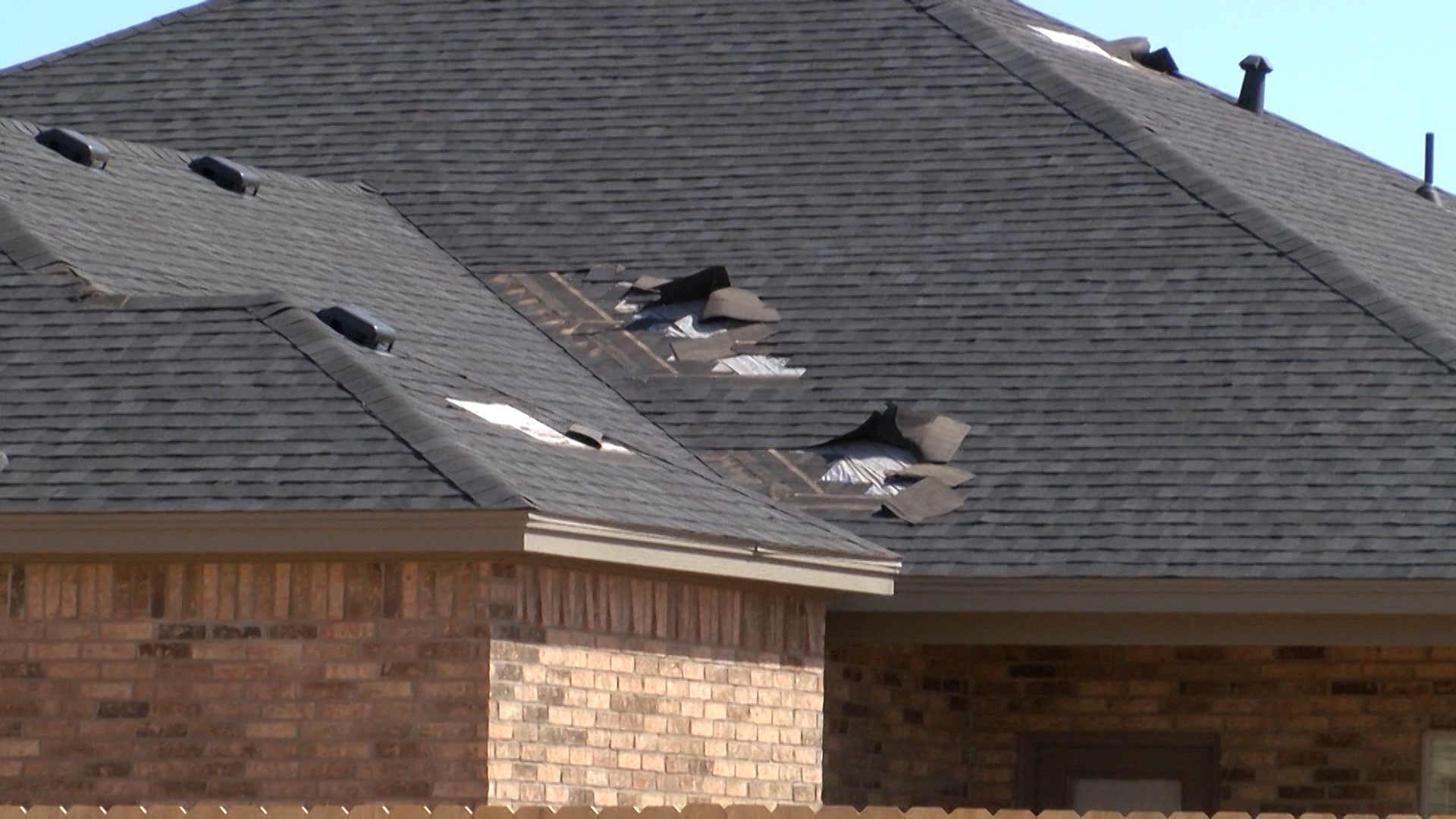LUBBOCK, Texas — There is a sorghum-based product that is being shipped around the world with its humble beginning in Pampa, Texas.
The product is called Milex, and it was created as a green alternative to the traditional packing peanuts which are made out of Styrofoam.
This thermal puff is created using sorghum seeds, or milo, and is now utilized as attic insulation.
All the sorghum is grown on the Texas High Plains through a network of 14 farmers. The resin which comes from the center core of the sorghum berry is put through an extruder at 3000 psi creating a thermal puff when it hits the air.
The thermal puff expands without the use of toxic polymers which makes it safe for the environment.
“We found out from our customers that it did a really good job insulating hot or cold items that people were shipping,” said Todd Hayes of Milo Insulation. “This actually insulates better than fiberglass or cellulose insulators which are your traditional insulators.”
Mylex outperforms fiberglass and cellulose insulation because it requires less of it to reach R38, a value used to measure how much heating or cooling will be retained based on climate zones.
“Whenever you first blow in fiberglass or cellulose it’s nice and fluffy because it has a lot of air inside of it,” Hayes said. “The air is what actually creates the thermal layer. Overtime that air escapes and you lose R value.”
Milex has thousands of tiny air bubbles trapped inside the thermal puff and because it never shrinks you never lose your thermal barrier creating a constant R value.
During the manufacturing process sugars are removed from Milex making it a non-food source for bugs and rodents. Tea tree oil is added in the resin to prevent mold and mildew which also acts as a repellent. The thermal puffs are then tumbled in a natural occurring boric powder to make the product fire retardant.
It is recommended to replace fiberglass or cellulose insulation every ten years. Milex can be blown over existing insulation helping save on cost.
“The only time I recommend removing insulation is if there is a known allergy,” Hayes said. “If you don’t have a known allergy then there’s no reason to incur that cost.”
















